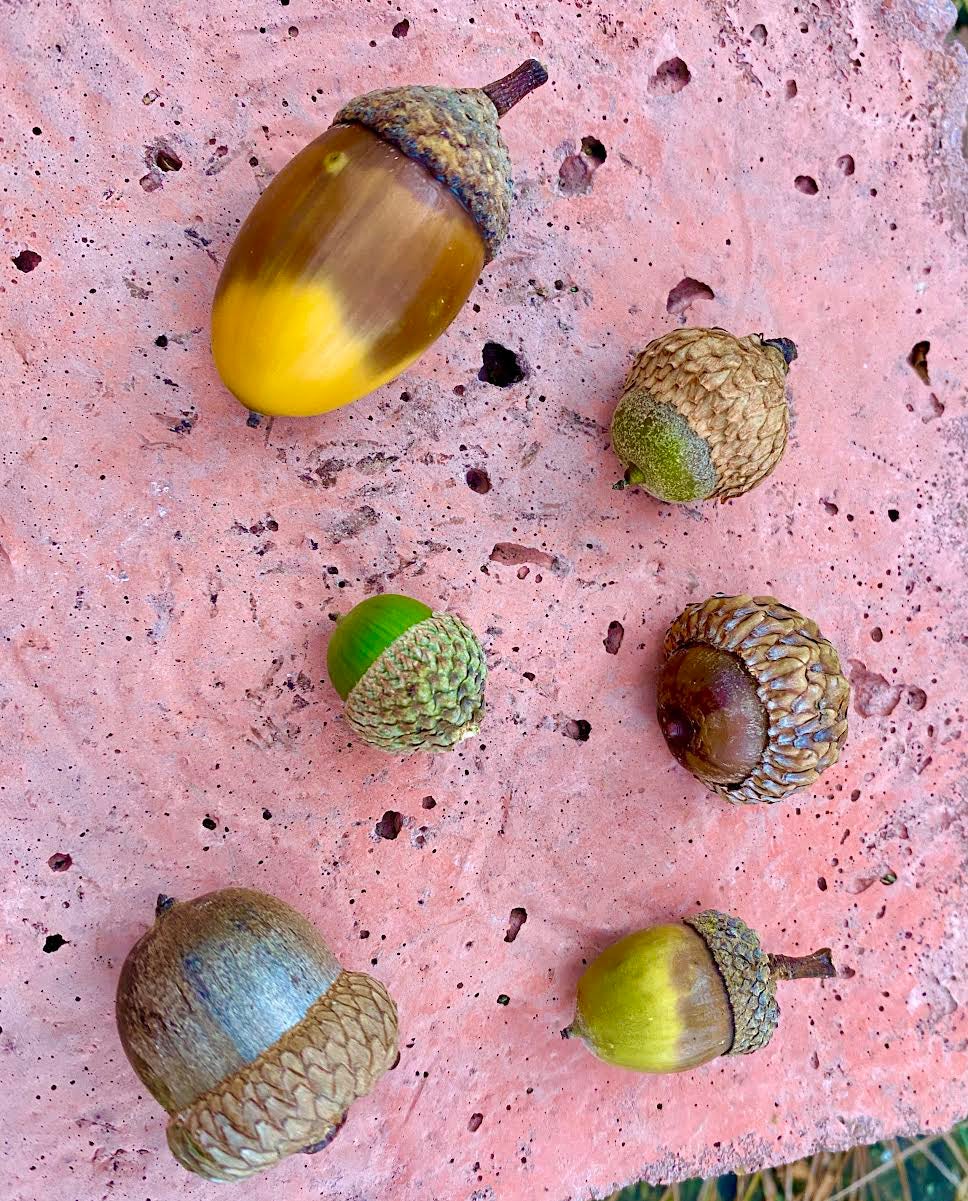Acorns: Food on the wild side
Published 11:15 am Friday, November 4, 2022

- Different kinds of acorns from different oaks include, clockwise from top, chestnut, black, scarlet, white, northern red and post. Photo by Steve Roark
|
Getting your Trinity Audio player ready...
|
STEVE ROARK
Contributing columnist
Those under the age of 50 probably don’t remember Euell Gibbons, a promoter of eating food gathered from the wild. He wrote a book that still sells well called Stalking the Wild Asparagus, and made commercials for Grape Nuts cereal with the famous line: “Ever eat a pine tree?”
Anyway, I took down his book again and enjoyed rereading his passion for wild things. I’ve tried several of Euell’s recipes, including acorn bread.
Oak acorns are a top-shelf wildlife food, and especially important for a winter energy source for deer, turkey, and squirrel. Before agriculture and grain production, the oak acorn and the American chestnut were the bread of life for Native Americans and early European pioneers. In North America there are two families of oak: the red oaks that have sharp points on the leaves, and white oaks that have blunt points. In our area the more common red oaks include black, scarlet, and northern red, while the white oaks include white, chestnut, and post oak.
The white oaks are preferred for eating because they have less bitterness, which is caused by the presence of tannins in the nut. The reds were not turned down if readily available, because the tannin (which can poison) was easily removed by leaching with water.
Euell’s favorite way to eat acorns was by roasting. His method was to shell out a batch of acorns and boil the kernels whole for 2 hours, changing the water whenever the water turned tea colored. The acorn meats turn a chocolate brown and will lose their former bitterness. Next, he dried the meats in a slow oven. For a sweet and nutty snack, he suggested dipping the finished kernels in a sugar glaze. Warning: Some folks may have food allergies, so try only small quantities of any new food at first.
A storable flour or meal made from acorn meat was also important back in earlier times. It was made by simply grinding the roasted acorn kernels mentioned earlier. Another way to make acorn flour is to shell out raw acorns, grind up in a blender with water, then strain through a colander with a coffee filter or tight woven cloth to catch the meal. Place under a faucet and open it just enough so that running water will stand above the meal and let the water filter through overnight. Dry the meal on a cookie sheet, regrind the resulting cake-like chunks, and store in a tight container. For a high protein and nut-flavored bread, substitute half the flour in a muffin recipe with acorn meal. Be forewarned that I tried this and it was a lot of work. Tasty though. Euell Gibbon’s books are still available and are enjoyable reading for nature enthusiasts.
Steve Roark is a volunteer at Cumberland Gap National Historical Park.






